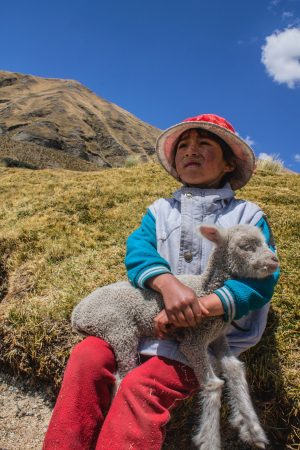Indigenous stewards of nature

This article tells the story of five indigenous individuals who are using their rich local knowledge, accumulated over generations, for adapting to the changing climate. Traditional practices described include:
– Digging small pits, and filling them with compost, manure and seeds before the rainy season begins, to help trap water and improve soil fertility (e.g. in Burkina Faso)
– Using the stars and weather to inform the timing of planting (e.g. Chad)
– Controlled burning of savanna to create natural fire breaks, controlling the spread of wildfire (Australia)
– Restoring stone terraces for growing crops on mountainsides, reducing water use and preventing soil erosion (Peruvian Andes)
– Rainforest gardens, growing many different varieties of vegetables (such as 56 types of sweet potato in one community) to maintain genetic diversity and hence increase resilience to changing climatic conditions (Brazilian Amazon)
– After disruption of a river’s course by industrial activity, the knowledge of elders informed movement of boulders back to their original positions to restore fish spawning grounds (Finland)
To address the many challenges we face globally, conventional science and policy must use and work with the rich body of knowledge held by indigenous peoples. Read the full article here.




